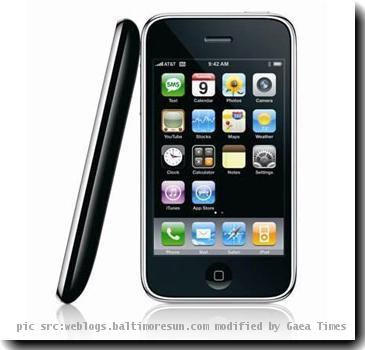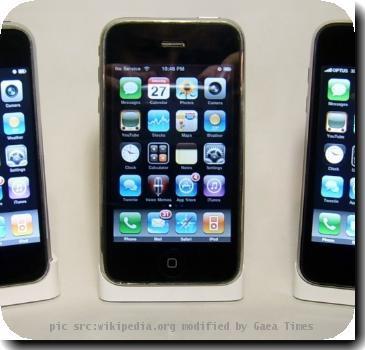AT&T shelves coverage spat with Verizon; new campaign paints grand vision of future
By Emily Fredrix, APTuesday, April 13, 2010
AT&T rebrands self, shelves ad spat with Verizon
NEW YORK — AT&T has hung up on the ad wars, dumping its ad campaign responding to rival Verizon’s slams on its wireless phone coverage.
AT&T’s new “Rethink Possible” sales pitch touts grand visions for untethered Internet access and avoids tearing down its top competitor. It could mean a truce to a battle that experts say had no clear winner.
The new campaign, which debuted last weekend during the Masters golf tournament, tells people AT&T can help them simultaneously talk on their phones and surf the Internet or go from room to room to watch recorded television.
It represents a strategy shift that positions the company as being more than just a wireless carrier. AT&T wants to be thought of as a company with many ways to improve people’s lives beyond phones.
The five ads mix whimsical fantasy — childlike drawings prancing through a city — and voiceovers urging people to “Explore, try, do.” They will replace a series that has been running since the fall starring actor Luke Wilson that answered Verizon’s criticisms with some of its own.
Later this week, Verizon plans to debut a new campaign targeted at its business customers, but the company said it had nothing new to announce about its current consumer campaign, which maintains its attacks on AT&T’s wireless coverage.
The attacks surged as the industry fights for new customers in a mature cell phone market, where the majority of people who want phones already have them. Companies are cutting prices to woo customers and pitching new phones and features to prompt movement between carriers. They also have to contend with prepaid plans that are cheaper and growing in popularity.
AT&T’s move marks the end of a rare advertising spat that goes against a marketing truism: never attack your opponent by name because it can turn customers off to you and the entire industry.
Verizon struck first with its “There’s a Map for That” commercials that mocked AT&T by referencing its popular iPhone and slamming its 3G coverage as spotty.
AT&T responded and the sparring continued, with spending likely costing hundreds of millions of dollars for both companies, heavy hitters in the advertising world. Verizon was the world’s second-biggest advertiser last year with $2.24 billion in spending, while AT&T was fourth at $1.9 billion, according to Kantar Media.
The ad war even prompted lawsuits, although the two agreed late last year to drop the cases that accused each other of lying in ads. AT&T did take some of the criticism about its dropped calls and slow downloads seriously. It announced in late January it would spend an additional $2 billion to improve its network this year.
It’s hard to call either company a winner, because neither likely drew subscribers from the other, said Charles Golvin, principal analyst at Forrester Research, in San Francisco. Instead, smaller competitors got caught in the crossfire. Both AT&T and Verizon added customers at similar rates.
“Both their numbers were still pretty good,” Golvin said of Verizon and AT&T. “They were taking a lot of share away from T-Mobile and Sprint and probably not so much away from each other. I think neither one of them came out ahead.”
In the last quarter of the year, Verizon remained the biggest provider and added 2.2 million subscribers — about 2.5 percent — to finish the year with 91.2 million customers. AT&T, the second biggest, added 2.7 million subscribers — about 3.3 percent — to finish with 85.1 million.
Both companies have more subscribers than their next two biggest competitors, Sprint Nextel Corp. and T-Mobile USA, combined.
AT&T won’t say how much it is spending on the new campaign. He said the ads attacking Verizon drove home to viewers how widespread AT&T’s coverage is.
The new campaign will include print, outdoor, in-store signs, Schwadron said. Future ads will build on the theme.
“It’s really about showing how innovation is having an impact on people’s daily lives,” he said.
The change in tone is also a breather for viewers.
Negative advertising that calls out rivals is rare, outside of political advertisements, because people simply don’t like it, said David Aaker, vice chairman of Prophet, a branding and marketing group. But attack ads are effective in driving home messages, because people tend to remember criticisms more than praises.
“They probably have decided they’ve at least muddied the water a little bit, so Verizon’s claims aren’t just standing without reply,” Aaker said.
Tags: Masters golf tournament, New York, North America, United States

